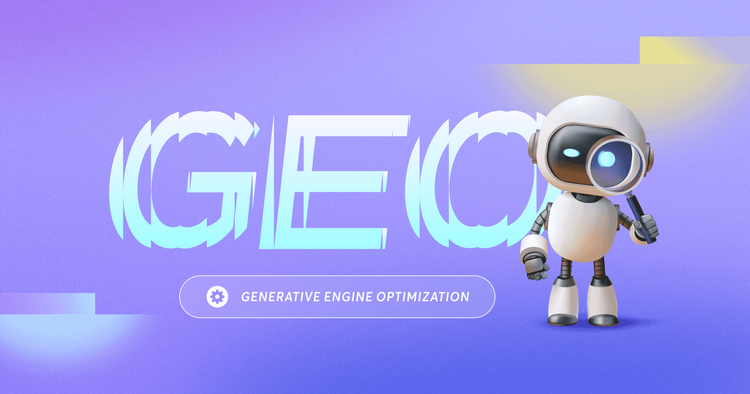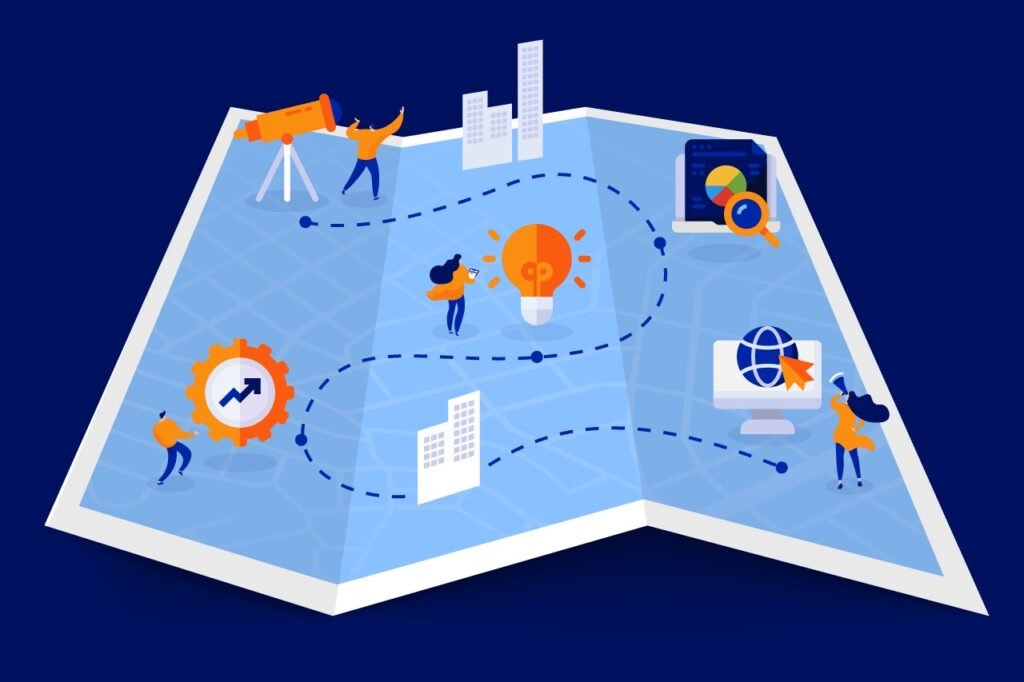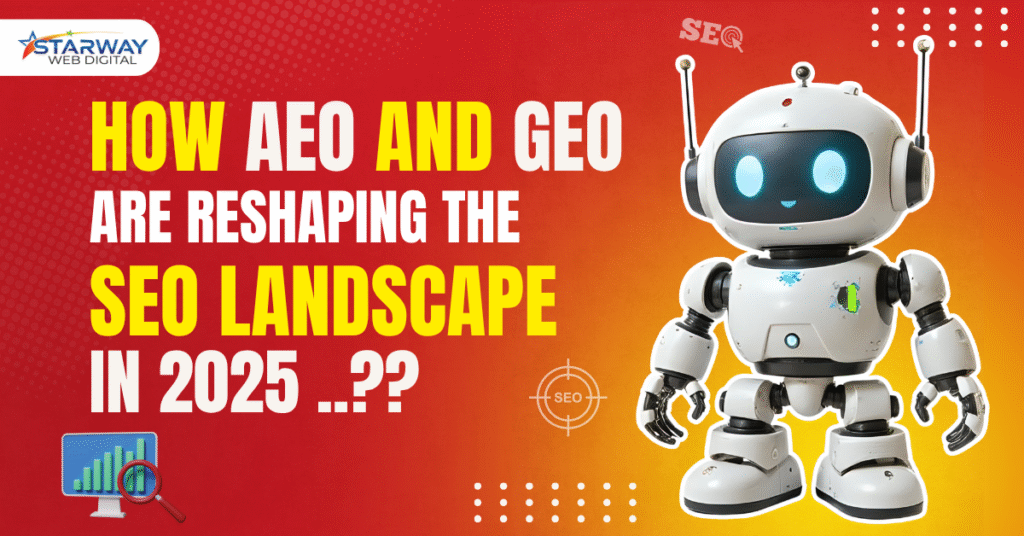AEO and GEO are changing SEO — and not in a subtle way. The way users interact with search engines is evolving at breakneck speed, and traditional SEO strategies are being left in the dust.
Today’s search isn’t about finding 10 blue links anymore. With Answer Engine Optimization (AEO) and Generative Engine Optimization (GEO) on the rise, search engines are shifting from being navigators to being final destinations. That means if your content isn’t crafted to be the answer — or to power the answer — you’re already behind.
Let’s break down what this shift means, and how you can evolve with it — not against it.
What Is AEO — And Why Is It Disrupting Traditional SEO?

Answer Engine Optimization focuses on optimizing content to directly answer users’ queries in SERPs, voice search, and AI-driven responses. It’s no longer about just ranking; it’s about being the featured result or snippet that gets surfaced as the actual answer.
Want a deep dive into AEO? We’ve already covered that in our full post here:
👉 What is AEO and Why It’s the Future of SEO in 2025
AEO impacts how we structure content, from using question-based headers (H2, H3) to incorporating schema markup, FAQs, and entity-based content. It rewards content that is clear, concise, and accurate, not just keyword-heavy.
GEO: The Generative Engine Takeover

Generative Engine Optimization is about feeding AI-powered engines like ChatGPT, Perplexity, and Google SGE the right data and context so that your brand or content gets mentioned in AI-generated summaries.
This is no longer fringe tech — it’s now core to how users get answers. GEO shifts the strategy toward topical authority, semantic relevance, and content that can be re-used by machines.
Learn more in our full breakdown here:
👉 What Is Generative Engine Optimization (GEO)?
Why AEO + GEO = The New SEO Reality
When combined, AEO and GEO redefine search engine behavior. Here’s how:
- Search intent has become more nuanced — people now expect direct, context-aware answers.
- Zero-click searches are more common, and your site needs to offer value even without the click.
- Semantic SEO is crucial — search engines and AI models now understand concepts, not just keywords.
- Brand visibility is no longer just about links — it’s about being referenced in AI-generated responses.
In short: Being on page 1 of Google isn’t the goal anymore. Being the answer is.
How to Adapt Your SEO Strategy in 2025

Here’s what your SEO strategy needs to look like in an AEO-GEO world:
- Structure for Answers:
Use clear, question-driven headings, concise paragraphs, and bulleted formats. - Use Schema Markup:
Implement FAQ, How-To, Product, and Organization schemas to enhance machine readability. - Focus on Entities & Context:
Create content that goes beyond keywords by addressing related concepts and answering the why behind the search. - Monitor AI Mentions:
Start tracking whether your brand or content shows up in AI tools like ChatGPT or Perplexity — this is the new brand visibility. - Update Older Content:
Refresh high-performing posts with better formatting, semantic depth, and structured data.
Final Thoughts
SEO in 2025 isn’t dying — it’s evolving. As AEO and GEO continue to dominate the search experience, smart marketers will pivot fast. The key is to understand how AI interprets and serves content, and to align your strategy with that.
If you’re still optimizing for rankings alone, you’re playing checkers in a chess game. Start creating content that not only ranks but gets used by answer engines and generative models.
Ready to evolve? Let’s talk.




